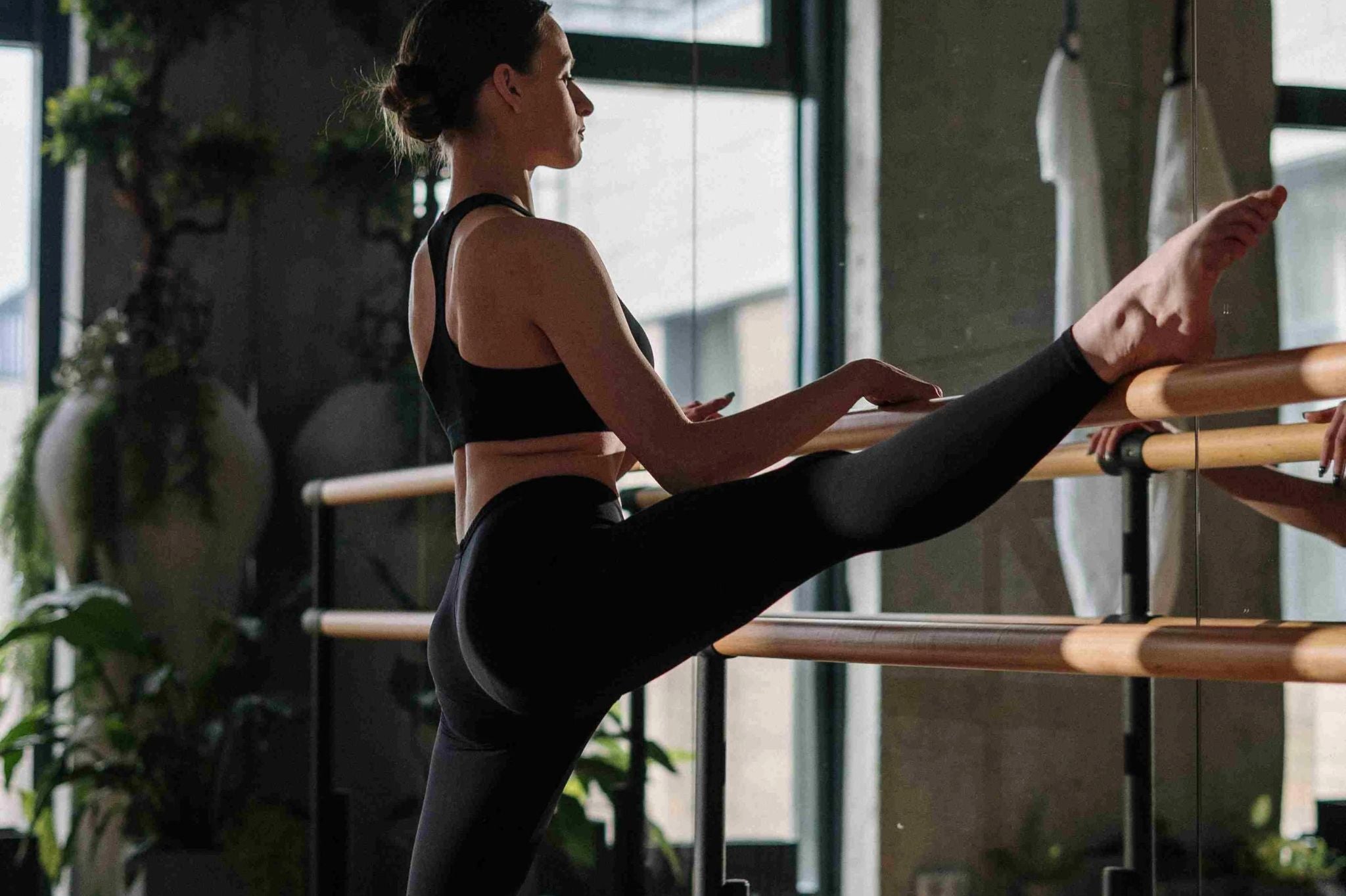
Brain-muscle connection in sport: 5 benefits & tips
An often underused technique for effective muscle growth is the brain-muscle connection. If you have no knowledge on this subject, don't worry, in the next section we will tell you about the brain-muscle connection, its benefits for training and how to improve it. Mastering this practice will serve you more than you think during your workouts at the gym!
Definition of the mind-muscle connection
The phrase "mind-muscle connection" refers to a neuromuscular connection between a person's body and mind that can be intentionally developed to become more powerful and muscular. Strength athletes tend to focus primarily on two factors to build muscle effectively: a balanced diet and strength training of the appropriate intensity. This way, they efficiently build muscle, and more muscle translates to greater strength and power.
However, this is only partially correct. It is the mind's ability to utilize the body's inherent potential that causes muscle fibers to coordinate with one another , build up of muscle tension, and movement itself. The muscles perform the movement after receiving an order from the brain via the central nervous system. It is difficult to use the maximum potential without the muscle-mind connection, the connection between body and mind.
Benefits of Combining Muscle and Mind Through Strength Training
The benefits of the mind-muscle connection for bodybuilding and muscle growth are numerous, so here is a list of the most popular benefits:
Improved muscle training : The muscle-mind connection is often still developing, especially in novice athletes, and they rarely or never “feel” the muscle they are working.
Improved motor coordination : as explained, every physical movement is triggered by an impulse from the brain. This process, like many other bodily systems, can improve with frequent use or worsen with inactivity. This behavior is very similar to that of muscles: if they are used regularly, they remain intact, even grow; otherwise, their strength decreases and muscle breakdown occurs.
· Compensation of targeted asymmetries : everyone has one side of the body stronger than the other due to the unilateral (daily) stress it experiences. A strong connection between the muscle and the mind makes it easier to locate the weaker side and figure out how to treat the muscles.
· Include more muscles in a movement : A network of muscles can always be more powerful than a single muscle. For example, although both workouts target the leg muscles, isolation exercises like the abductor machine generally don't move as much weight as squats on leg day.
· A more enjoyable workout : If you focus on the muscle-mind connection, you will inevitably have to focus on the exercise. There is no room for distractions such as WhatsApp messages, other athletes, or negative thoughts. By practicing, you can get into a state of flow faster and have more fun.
The brain-muscle connection in studies
Since then, several researches have been carried out on the brain-muscle relationship, but they have not provided conclusive scientific evidence. However, according to research, this relationship appears to have a beneficial impact on muscle growth and improved strength .
Take the example of a study conducted by Matt Greig and David Marchant. Both divided their mostly male participants into two groups and asked them to perform 10 repetitions of leg extensions, the first group as deliberately as possible and the second with optimal focus on their muscle contraction.
As a result, the muscle activation of the first "conscious" group was significantly greater than that of the second group. Also, the second group could not move any additional weight. They successfully demonstrated that paying attention to the selected muscle region significantly increases muscle activation without reducing strength.

Improve muscle sensation
Regularly strengthening the brain-muscle connection has several benefits. There are several methods to achieve this, but the following are the best for improving the mind-muscle connection:
Learn to concentrate
The most important condition is to maintain total concentration during training in order to consciously feel the tension and movements. Emphasis should be placed on the contraction of auxiliary supporting muscles and their specific incorporation into actions. So learn to make a mind-muscle connection!
The regularity
It is by forging that one becomes a blacksmith, as they say. And that also applies to the muscle-mind relationship. Success is only achieved by constantly experimenting with muscles.
· At the highest point, pause.
The brain-muscle relationship can also be trained by stopping the action at its climax and voluntarily pushing the muscle involved into contraction.
Static exercises
Muscle sensation is enhanced by performing static exercises with as much body tension as possible, because in this way the different muscle groups are trained to work together. The variations of the handstand, the wall chair and the plank are examples of static exercises.
isolated exercises
Isolation exercises also develop this connection. Focusing on specific weak points strengthens both the targeted muscle and the muscle-mind connection.
Fazit's muscle-brain connection
This connection is often underdeveloped in beginners, but it can be strengthened with consistent practice. There are different ways to train, such as static exercises, isolation exercises, and holding the contraction at the highest point of the exercise.
In a word, in the long term, the brain-muscle connection could well become your best ally during your training sessions to develop all your muscle groups, thanks to a very important little detail.



